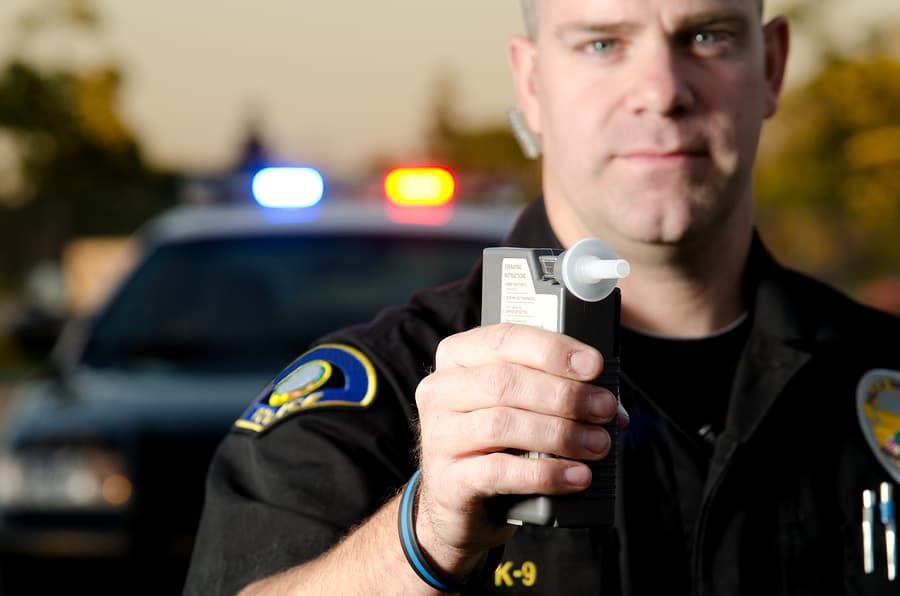 Statistics are great, especially when they can be used to help increase public safety and awareness for drunk driving prevention. With each state reporting the gender, age and circumstances surrounding each drunk driving conviction or incident, we all have a picture of the “most likely” person to drink and drive. That means that you could be at risk for drunk driving, especially if you are:
Statistics are great, especially when they can be used to help increase public safety and awareness for drunk driving prevention. With each state reporting the gender, age and circumstances surrounding each drunk driving conviction or incident, we all have a picture of the “most likely” person to drink and drive. That means that you could be at risk for drunk driving, especially if you are:
- A man: in 2010, 4 of 5 drunk driving incidents were attributed to men.
- 21-34 years old: Young men made up 32 percent of drunk drivers that same year.
- A binge drinker: only 15 percent of drunk driving incidents did NOT involve binge drinking.
As accurate as this profile may be, there are plenty of other people who are arrested and convicted of drunk driving. Women are quickly becoming more common defendants in a DWI court, with a 21 percent increase of female drunk drivers between 2003-2012. Senior citizens are also at risk for drunk driving because they are considered the age group that binge drinks the most often.
Does that mean that everyone is at risk for drunk driving? No, of course not. Most people who drink do so responsibly. Either they have a designated driver, will call a taxi for a ride home, or arrange to stay home or spend the night where they are drinking. Risking a drunk driving conviction means risking your personal freedom, paying high court costs and having to install a car breathalyzer or ignition interlock in many cases. None of that seems worth risking a drunk driving conviction when you can simply reduce your risk and find a better way to get home. You’re not a statistic; you have choices and with each responsible decision you make, you’re changing those numbers and the risks to everyone else on the road.

 Car Breathalyzers are COOL!
Car Breathalyzers are COOL!